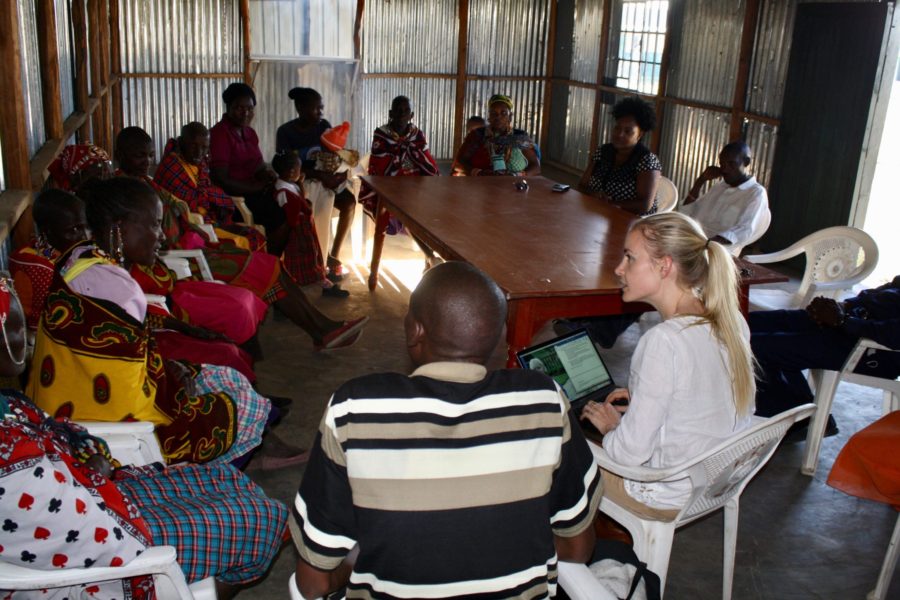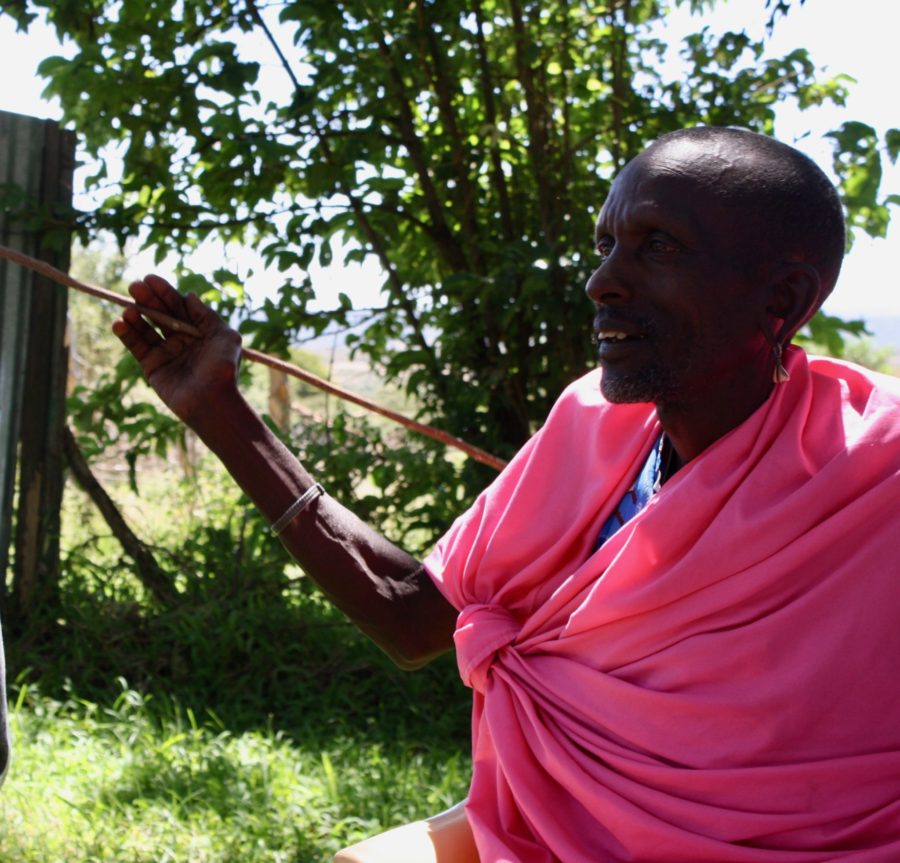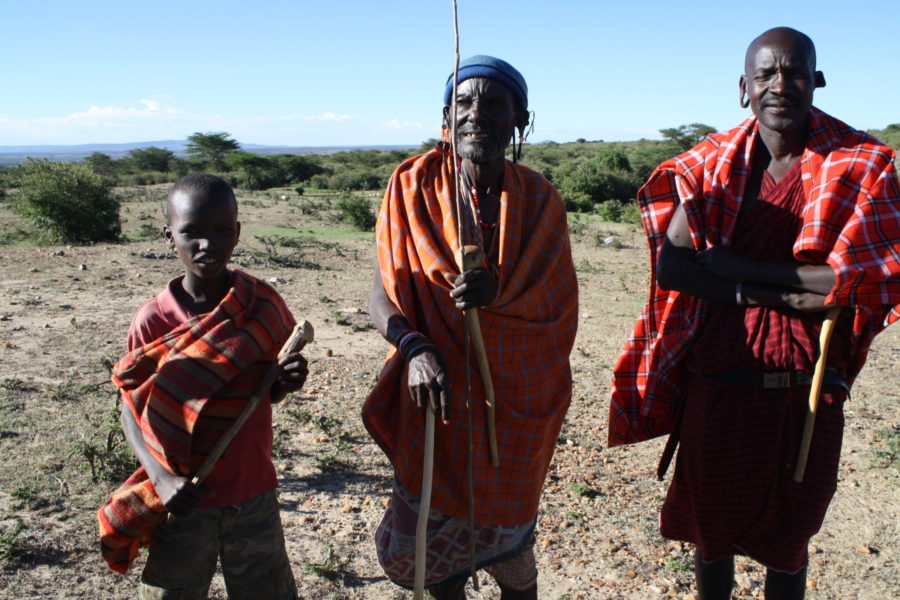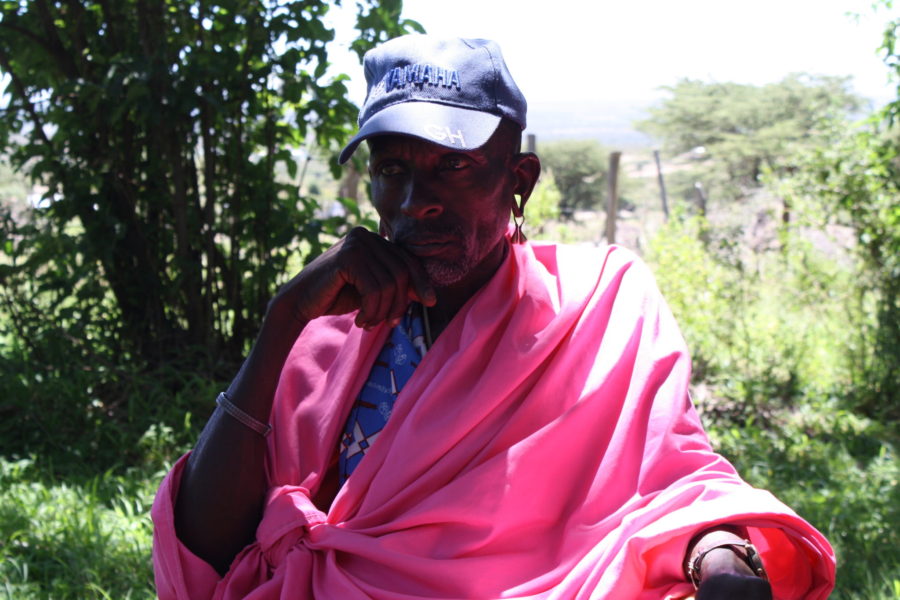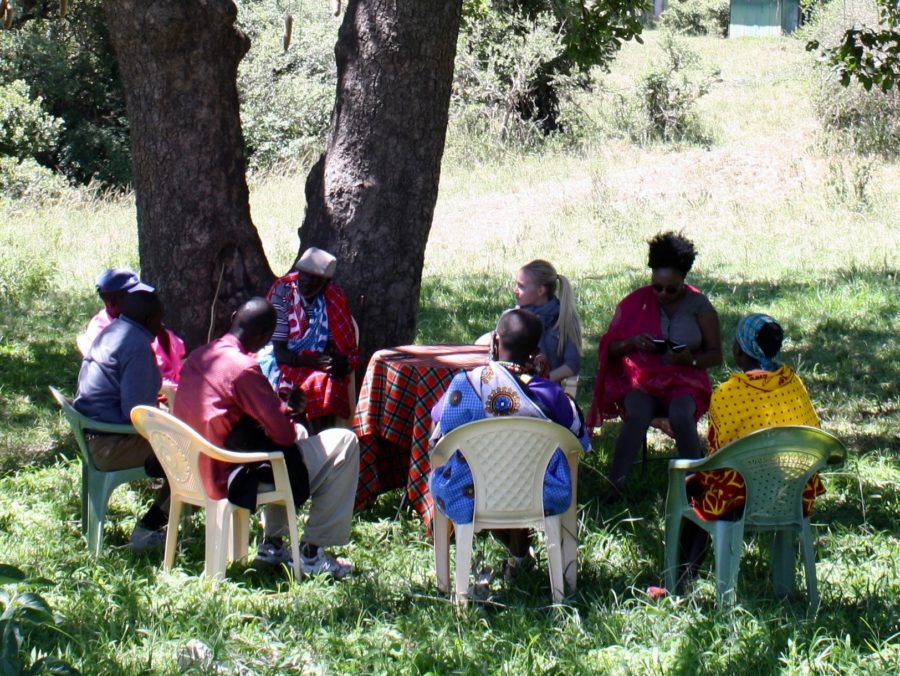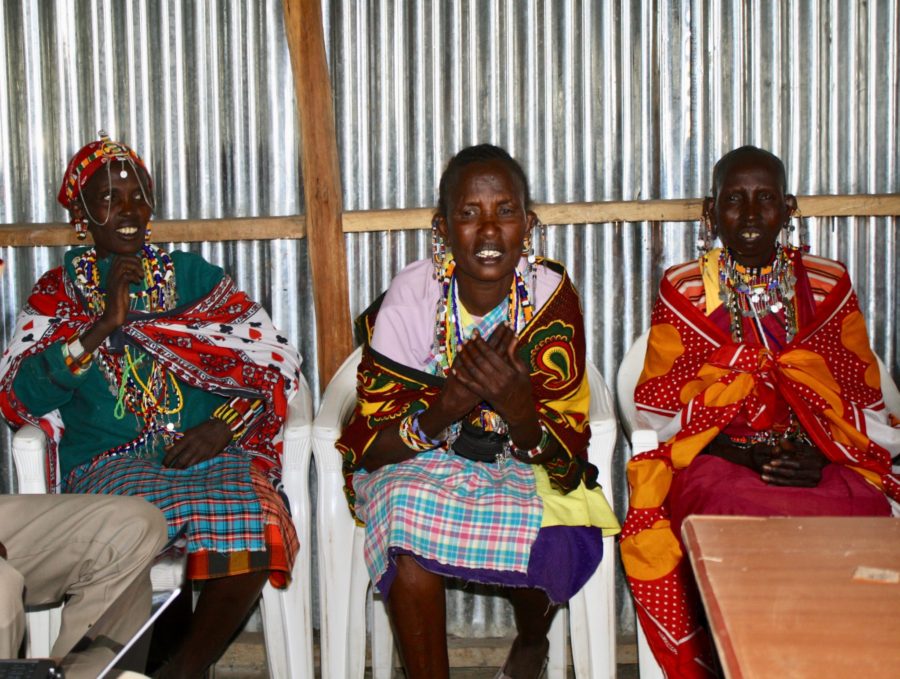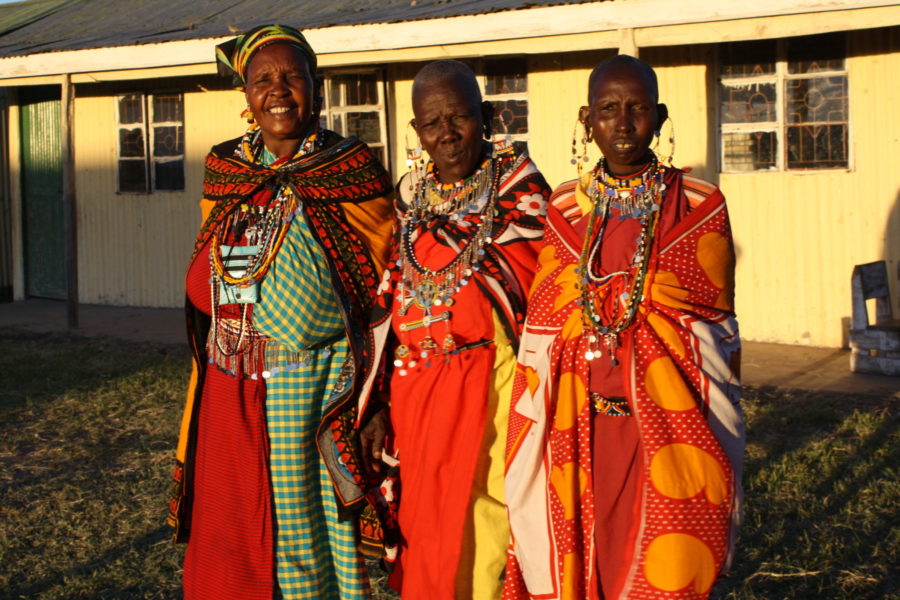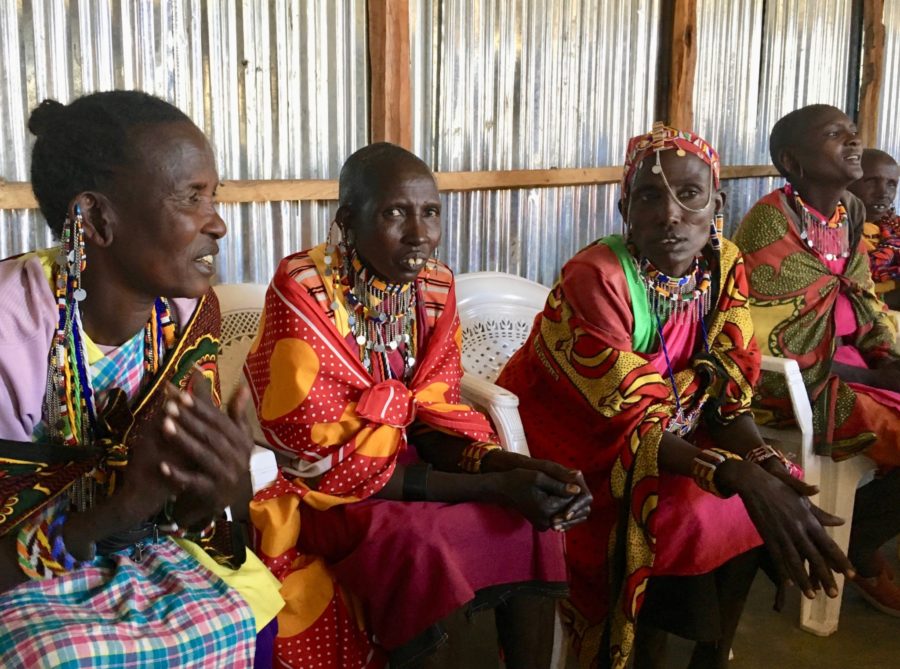We often get asked whether our libraries reflect indigenous culture. The truthful answers yes, but not often. This is not to say that we don’t have a focus on cultural values and interests in our libraries, but rather, that in many indigenous cultures in Kenya, the languages are oral, not written, and so it is extremely difficult (and sometimes impossible) to find books written in their mother tongue. This is not to say that efforts haven’t been made by communities or publishing companies to meet these needs, for example, CODE has recently published books in the Maa language, which we are very excited about.
However, as we discussed this gap in our libraries with stakeholders more and more, we began to conclude that to really address it, you need to have these resources available, and this knowledge transmitted, in the way the indigenous culture intended – orally. When an elder sits with a group of teenage boys to tell them a story, it will likely be intertwined with folklore, history, traditional knowledge, anecdotes about their own family members, and perhaps a little bit of sensationalization. You simply cannot get that from a book. More importantly, the experience itself is a right of passage for both elders and boys, and one that is fading.
It was with this in mind that we decided to embark on creating a library that honors all forms of knowledge, including indigenous knowledge so often passed on orally. We are working with Nashulai Conservancy to create a Living library, where print books are made available alongside community members as living resources, with audio/video recordings, art & artifacts, and even plants added as resources in the library.
We made our first visit to Nashulai in June, to meet with the community members and discuss this idea. It is critical to have their support and to ensure it is something they would want, as they will become the resources in the library that will make it so unique. Stay tuned as we develop this project, which will hopefully launch late 2018.
